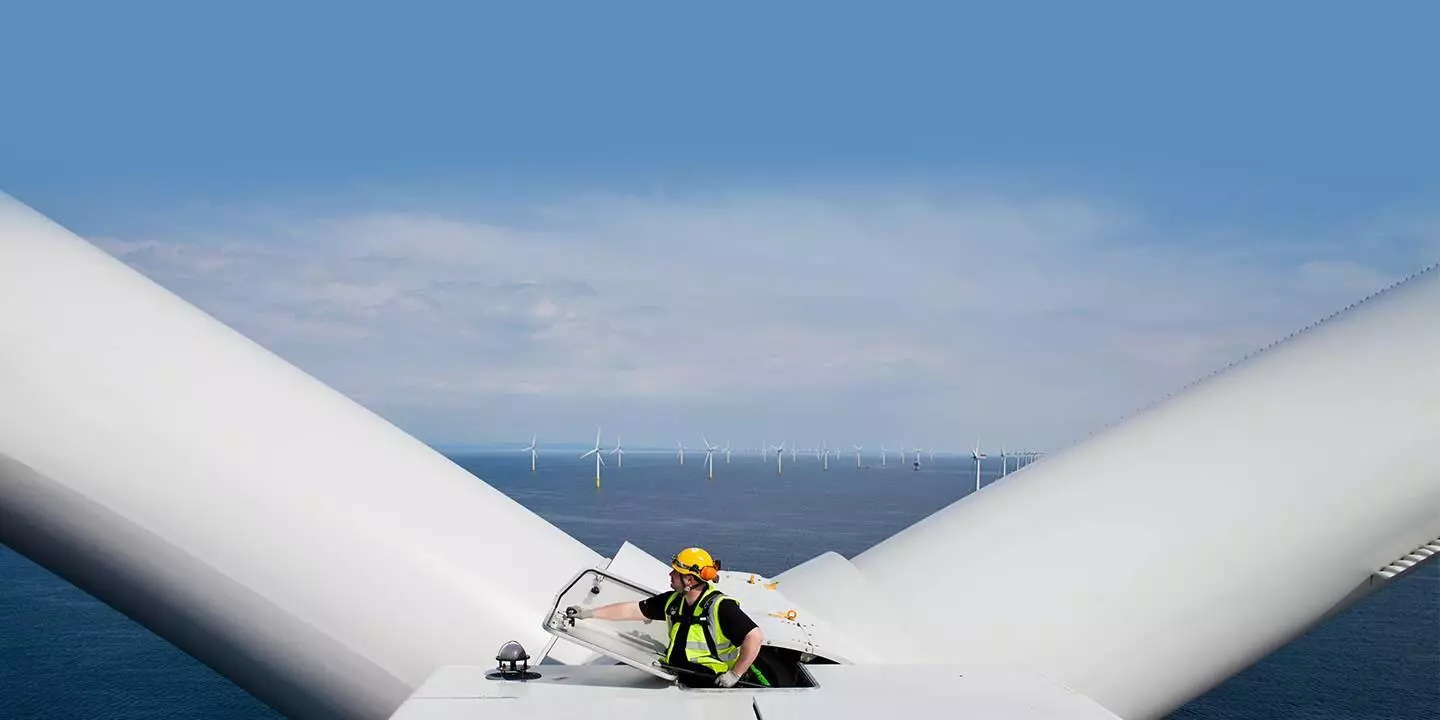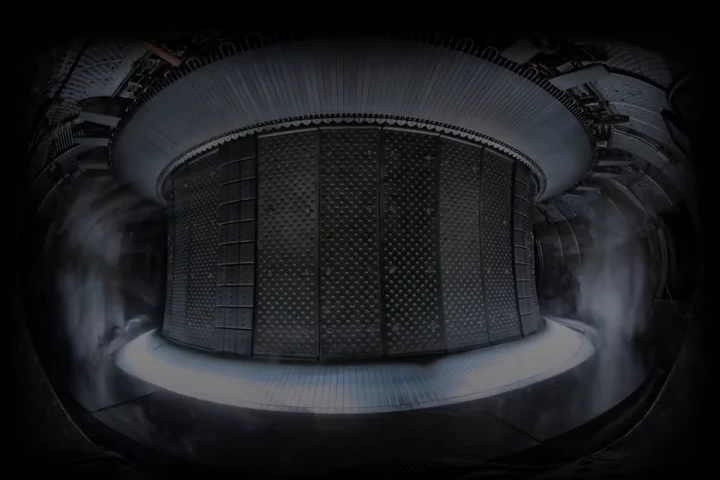In the ever-shifting winds of "who-did-it-bigger?" China has just taken a back seat to European wind company Siemens Gamesa. The firm recently planted a colossal, world-record-setting turbine in the Østerild test field in Denmark.
Though it wasn't by much, it still counts ... the Siemens SG DD-276 turbine stretches a ridiculous 905 ft (276 meters) from blade tip to blade tip. It's rated at a monstrous 21.5 MW capacity – which could generate enough electricity to power 70,000 Danish homes per year. Over its lifetime, it's expected to erase about 55,454 tons of CO2 emissions from power that would be otherwise created by fossil fuels.
This record-breaking machine came with a significant cost. The European Union backed Siemens Gamesa's Highly Innovative Prototype of the most Powerful Offshore Wind (HIPPOW, you read that right) initiative by throwing €30 million (about US$33 million) at Siemens Gamesa from its political union innovation fund to partially fund the giant turbine. There's no word yet as to the Levelized Cost of Energy (LCOE) for this beast, however, Denmark's offshore wind figures back in 2018 were around €46 per megawatt-hour (MWh).
Siemens Gamesa has been installing wind turbines since 1991, including having planted 11 turbines into the world's very first offshore wind farm at Vindeby, Denmark. The SG DD-276 marks the 5,000th turbine the company has erected across 14 countries, exceeding a total capacity of 27 GW.

China's Mingyang Smart Energy MySE18.X 20 MW previously had the record for about seven months, after having taken it from Dongfang Electric Corporation's 18 MW offshore wind turbine. In the fast-moving winds of change, these records are often short-lived.
Speaking of, Dongfang has already announced its completion of a 26 MW turbine that has yet to be installed. Mingyang has also already announced plans to build its own next-gen 22 MW turbines. When either of these go live, Siemens will be left in the dust.
With the recent doubling down of tariffs between the US, EU and Chinese tech, critical minerals and rare earth elements used in the production of components from circuit boards to the neodymium in the magnets might be harder to come by – as China controls most of the world's supply chain – making this record probably short-lived.
Source: Renew Economy AU




